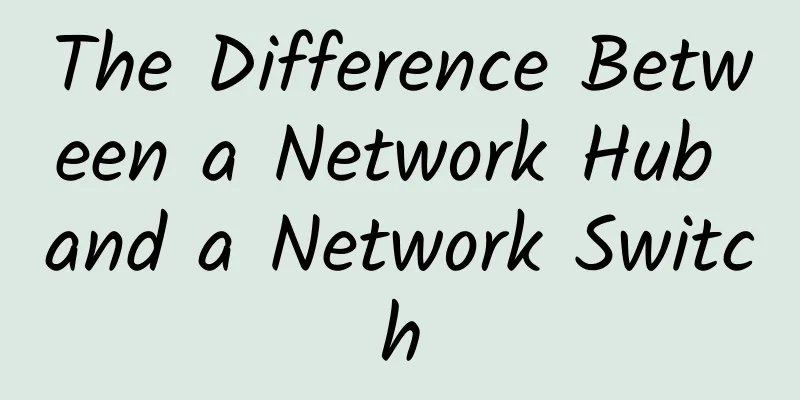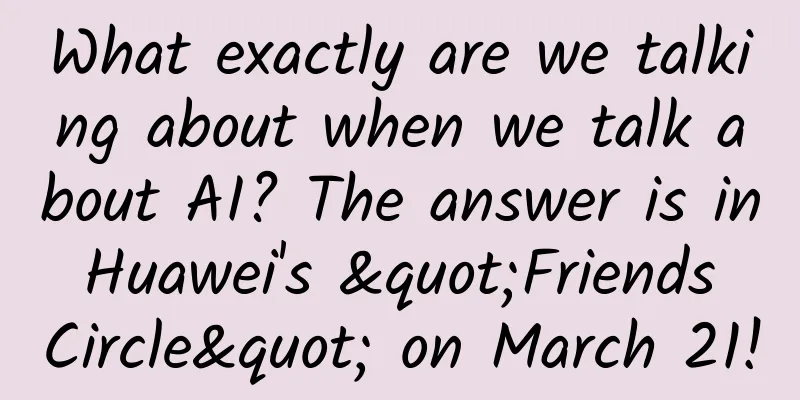The battle for lightweight wide area networks: What makes LoRa different?

|
Technically, the various WAN technologies vary due to trade-offs between range, power consumption, and data rate. So, what is so special about LoRa? There are several alternative technologies being promoted as lightweight wide area networks (WANs). These include Lora, Sigfox, Ingenu and Weightless, as well as a number of other radio standards that more or less cover the same technical base. All of them seem unlikely to survive. Which one will emerge as the winner?
I interpret the term "Lightweight WAN" to mean a WAN that uses open spectrum, which is actually the ISM bands around 400MHz, 900MHz, and 2.4GHz. The exact bands and regulations vary from region to region around the world. The advantage of these networks is that they do not require users to pay for expensive licensed spectrum. Their target applications generally require lower data rates and often have lower power requirements, meaning they may need to be battery powered. This is an area that has not been well served by traditional cellular solutions, at least for a long time, and the focus of cellular development has been on higher data rates. Lightweight WANs are also primarily aimed at "uplink" communications - end nodes sending data to servers - although some downlink can be achieved. From a technical perspective, different technologies are different solutions, not completely different solutions. There are inevitable trade-offs between range, power consumption, and data rate. If you increase range, you will increase power consumption or you must reduce the data rate or a mix of both. No one has yet challenged the laws of physics. Sigfox is at the long range/low power/ultra-low data rate end of the scale, Ingenu is at the other, and LoRa and Weightless are somewhere in between. Because its radio can dynamically adjust data rate, trading data rate for distance, LoRa has a degree of flexibility within the standards. The advantages of LoRa vs. cellular data for IoT. Also included is Bluetooth (Image: Insight SiP) for reference. Despite these limitations, a wide range of applications have adapted well to these technologies. Remote reading of sensors, meters or other measuring devices usually requires only a few bytes of data to be sent at infrequent intervals. But they can bring real added value. Perhaps more interesting than the technical differences are the different business models adopted around the different standards, who owns the content and options for deploying the solution. I believe LoRa has found the right combination for success here. SigFox aims to provide more or less all of the functionality. It runs the networks or licenses them to others, and owns the patents on the radio technology. This would be the equivalent of a single monopoly mobile operator owning the relevant 3GPP standards. This one-stop-shop approach has both advantages and disadvantages. The advantage is that you only need to buy the end device and Sigfox will take care of the network side for you. The disadvantage is that as a company, you are completely dependent on Sigfox. There are no competitors. Sigfox is not a big company. Although it has raised about $300 million, it has struggled to achieve its goals and is arguably just trying to cover too much ground with a global service. While I can't provide an in-depth financial analysis or a lot of data as a private company, it seems fair to say that Sigfox has not yet reached a strong and stable position. Ingenu takes a similar approach, though on a smaller scale and operates only in the U.S. As such, it has the same pros and cons. Weightless is at the other extreme, it is an "open source" project. There is a Weightless SIG and an open standard, but it is less clear who is actually driving the technology. There also seems to be limited devices available on the market. LoRa lies between these extremes. The LoRa radio modulation was originally developed by the French company Cycleo, which is now owned by Semtech. So, while Semtech provides LoRa radio transceivers, it has recently licensed the technology to other vendors. So, at the physical layer, the technology is proprietary. However, for the network side, it is actually completely open. The LoRa Alliance is an open industry organization that defines the network protocol LoRaWAN. Anyone can operate a LoRa network. Traditional network operators, start-up operators and open networks run by some local governments are promoting the technology. In addition, it is possible to create your own network. Several suppliers sell low-cost LoRa gateways. For example, this can be an ideal solution for large industrial sites. This also eliminates dependence on operator coverage if the site is in a remote location. The practical result is that many vendors have chosen to support the technology through modules, devices and gateways. So the end user has a choice. Semtech remains the owner of the core radio technology. However, the company is not built around that and has not given any indication that it wants to do anything other than provide transceiver chips. Obviously, predicting winners and losers in technology is never easy. But in my opinion, LoRa has the right balance, with an established technology company driving the core technology and a diverse, open ecosystem growing around it. Customers benefit from a lot of flexibility and choice, and these are future-proof. The bigger question is perhaps whether any of these technologies can survive the coming challenge of cellular IoT. After years of ignoring the M2M market, the cellular world has woken up. With NB-IoT and LTE-M, it has launched a new generation of IoT technology. Mobile operators have the scale and ability to heavily promote their technologies. Even here, however, LoRa has an advantage of not competing directly with operators who could take LoRa and come up with their own. Mobile operators can also choose to build private networks independent of other operators in the market. The downside to both NB-IoT and LTE-M is that they both somewhat prioritize data rate over power consumption compared to “lightweight” alternatives. So while nothing is certain in this fast-changing, uncertain world, LoRa’s flexibility gives it the best chance of carving out a niche in long-range wireless IoT solutions, even if it’s not yet clear exactly where that niche will be. |
<<: A brief discussion on the application of Category 6 cabling system in smart buildings
>>: Don't know how to learn the protocol? Click it!
Recommend
API security representative manufacturer! Ruishu Information is selected into China's data security development roadmap
On August 26, IDC, a leading global IT research a...
A Preliminary Study on Software Defined Network (SDN)
【51CTO.com Quick Translation】Before 2008, the ent...
Ruijie Networks releases its wireless product strategy of “Vast New Connections”
On June 5, Ruijie Networks held a "Vast New ...
Dr. Li Jin: Is building credibility “regardless of cost”?
[51CTO.com original article] June in Beijing is w...
How hard do communication networks work to save power?
The energy consumption of communication networks ...
Hypere: £12/quarter KVM-AMD Ryzen9/2GB/70G NVMe/10Gbps unlimited traffic/UK data center
Hypere should be a relatively new foreign hosting...
Have you used "Online Documents"? It allows multiple people to work together and synchronize content in real time. It's so efficient!
Have you ever encountered a situation at work whe...
SD-WAN in 2019: A conundrum for service providers
It’s that time of year again when analysts and ex...
VMISS 30% off VPS monthly payment starting from 3.5 Canadian dollars, Korea/Japan/Los Angeles CN2 GIA/9929/CMIN2, etc.
VMISS has launched a special discount code for th...
Huawei has teamed up with more than 50 universities to train Kunpeng developers and has released 24 types of Kunpeng-related professional certifications.
Today, at the Huawei Developer Conference 2020 (C...
How powerful is 5G?
The reporter learned from the interview that my c...
Wu Jianping: IPv6 is an important development opportunity for the next generation Internet to expand network space
On December 7, the GNTC Global Network Technology...
Without 5G performance guarantees, can operators fully exploit this opportunity?
Private 5G networks are attractive to the largest...
Dell'Oro: 6 GHz - the next 5G frontier?
Today, 5G is being deployed at full speed in the ...
Pull or Push? How to choose a monitoring system?
[[421126]] A variety of monitoring systems Monito...








![[5G Encyclopedia] How does 5G implement TDD?](/upload/images/67eb9cae690e9.webp)
